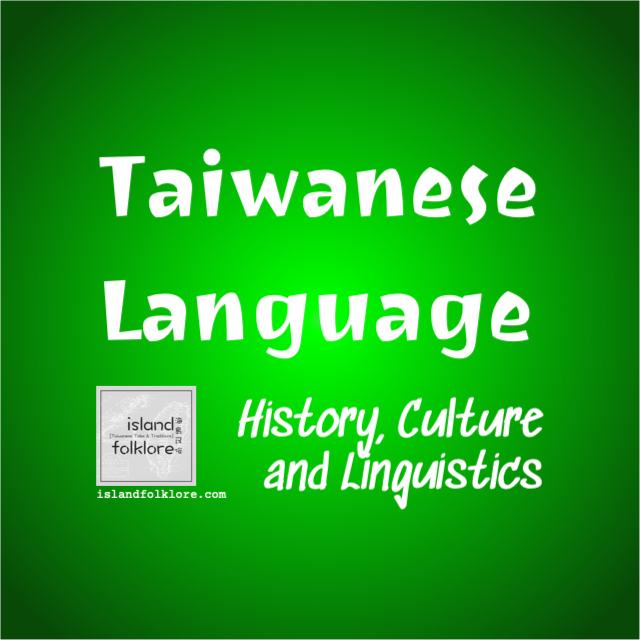From supplying milk and meat to providing sources of mechanical power, our bovine companions (cows, oxen and buffalos) have shaped our lives over many millennia. Ever since their first domestication over 10,000 years ago, cattle have been more than just beasts to our ancestors. They were our helpers in the fields—even pets, brethren and family.
In the steppes of prehistoric Europe and western Asia, humans came to rely on cows for milk. Indians worshipped their holiness. While in the Far East, the premodern peoples of Japan and Taiwan avoided consuming their meat—out of deep reverence.
Below, we explore three pieces of Taiwanese folklore and popular culture centred around the cattle.

National Dish
Did you know? One of the most iconic dishes of Japan—rāmen—is also called “Chinese noodles” (chūka soba)? Though even the Chinese acknowledged the quintessentially Japanese character of the dish, it actually traces its early-20th-century origins to Yokohama’s Chinatown.
In Taiwan, yet another noodle dish shares a similar origin story to the rāmen of Japan. It’s the highly-popular níuròumiàn—“noodles in beef broth,” or, more commonly, “Taiwanese beef noodle soup.”
Taiwanese beef noodle soup is a favourite among Taiwan’s residents and visitors. The savoury broth flavoured with aromatic herbs and stewed for hours with generous chunks of beef combines beautifully with the mellow taste and texture of noodles.
Like the rāmen, Taiwanese beef noodle soup was not a native dish despite its iconic status. Rather, immigrants and refugees from China introduced them in the latter half of the 20th century.
In 1949, after just four years of unified rule with China, the Chinese Communists conquered the continent. Two million Chinese, Tibetan, Mongol, Manchu and Uyghur refugees fled to the island of Taiwan, bringing with them not just diverse customs and languages, but also an embarrassment of riches in culinary diversity. This amazing richness has since greatly contributed to Taiwan’s world-famous culinary scene.
Among the newcomers to Taiwan were groups who originated in the frontiers of northwestern China, a region heavily influenced by Turkic Central Asia and Islam. These new immigrants were responsible for Taiwan’s now-famous beef noodle soup.
Whereas the Taiwanese have traditionally stayed away from beef-consumption, Islamic traditions forbade the eating of pork, which led to widespread beef-consumption in its stead. There, in China’s far west, a sophisticated culinary tradition centred around noodles and beef developed. In the 20th century, when Chinese refugees brought this culinary tradition to Taiwan, its popularity spread rapidly among the islanders.
Today, Taiwan’s beef noodle soup has acquired many local adaptations to better suit the Taiwanese pallet. Many Taiwanese consider this adapted hybrid to be the national dish.

Dietary Restrictions
As mentioned above, the Taiwanese have traditionally stayed away from the consumption of beef. Why is that?
Believe it or not, in the land where the beef noodle soup has become a sort of national dish, the eating of beef was once taboo. In places like India and Japan, beef-consumption was also extremely rare in premodern times (and is still rare to this day in India).
Because Hinduism regards cows as sacred, most Indians refrained from eating their flesh. In premodern Japan, Buddhist-inspired imperial edicts discouraged the Japanese from doing the same. The Taiwanese, however, have a much more familial reason for the prohibition.
Premodern Taiwan was a largely agrarian society. Before mechanization, cattle and cows were a source of power that helped Taiwanese farmers till the land. Taiwan’s agricultural communities regarded bovids as family members due to their back-breaking contributions. Eating their meat was unthinkable.
Taiwanese life is inextricably intertwined with their cattle. But instead of viewing these magnificent creatures as food, the Taiwanese saw them as helpers. Cattle were treated like family who helped grow vital crops that fed hungry mouths.
This special relationship, however, has changed as Taiwan developed its lucrative technology and service sectors and shed its agrarian past. Hence, the rising popularity of Taiwanese beef noodle soup.

Roll Over
In this third and final piece of Taiwanese bovine folklore, we move away from Taiwan’s culinary landscape to its physical landscape.
As an island on the Pacific Ring of Fire, Taiwan experiences daily earthquakes and tremors of varying degrees and severity. Before modern seismology, the islanders attributed the frequent shaking of the earth to giant slumbering subterranean buffalos.
Rooted in indigenous Formosan folklore, these gentle giants from mythology frequently tossed and turned in their sleep beneath the surface. As they moved their massive bodies, the ground shook violently—leading to earthquakes.
To this day, whenever the earth trembled beneath their feet, Taiwanese grandmothers told their frightened grandchildren not to be afraid.
“It is merely tē-gû hoan-sin,” they’d say—the ground buffalos are rolling over.

Quick Facts
Two main kinds of large bovids call Taiwan home: the southern yellow cattle and the water buffalo.
Today, as dairy products become increasingly popular in Taiwan, dairy cows—a relatively recent introduction to the island—can also be found in a handful of Taiwanese ranches and estates.
Taiwan’s first (and rather awkward) encounter with milk-consumption took place sometime in the 18th and 19th centuries. At a time when no dairy cows were raised in Taiwan, farmers resorted to milking the southern yellow cattle to support the bizarre, foreign and eyebrow-raising dietary habits of European and Canadian missionaries active on the island.





